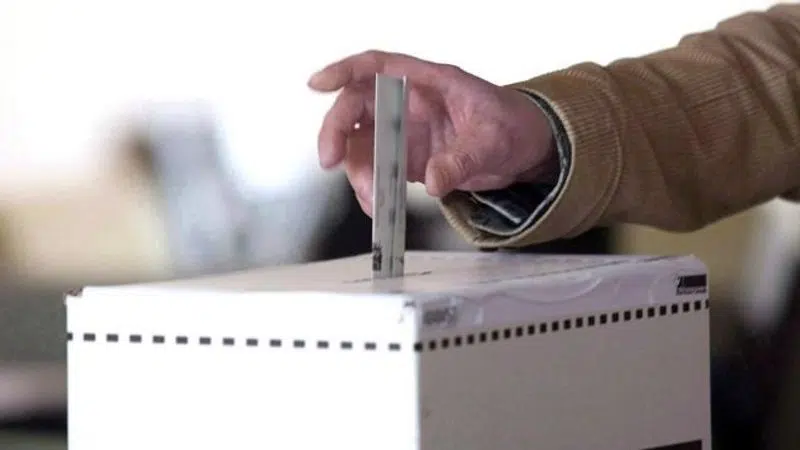
Liberals, Tories evenly matched when it comes to war chests for local campaigns
OTTAWA — The Liberals and Conservatives are matched fairly evenly when it comes to how ready their local campaigns are to pay for the coming federal election, a shift from when the big blue machine dominated the scene the last time around.
The Conservatives have boasted of besting the Liberals when it comes to fundraising at the national level, but an in-depth analysis by The Canadian Press suggests a closer race between the red and blue teams of candidates knocking on doors in neighbourhoods nationwide.
The 2018 annual financial returns for riding associations, which are still trickling in to Elections Canada, show Conservative ridings ended last year with about $24.2 million in combined net assets. The Liberals were not far behind, with about $21 million in net assets spread out nationwide.
The Conservatives and Liberals also dominate the top 20 richest associations in the country.
